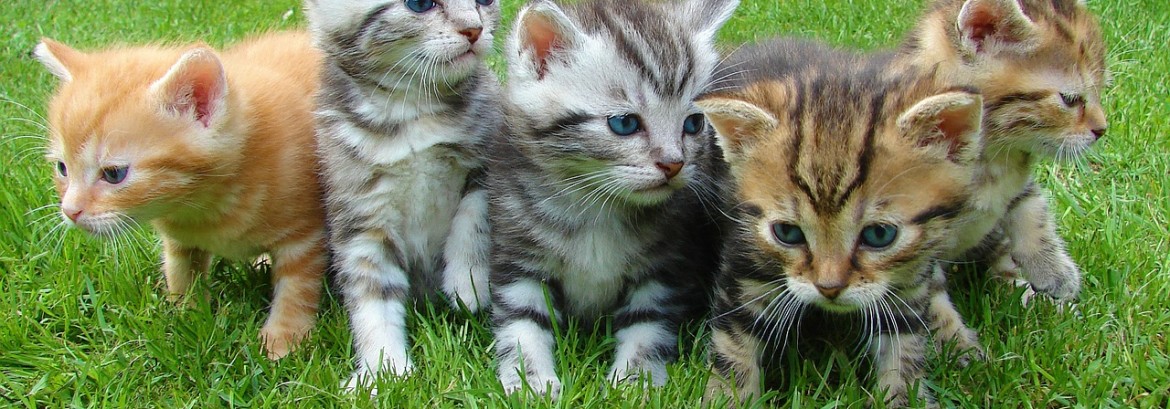Pets and pesticides: safe or not?
Our furry friends rely on us to keep them safe and make the right decisions for them. I have 3 cats that I love dearly so I understand well the importance of informed decisions.
To help you make these decisions, your Ventura pest control expert is here to educate. We’re going to have a brief overview here on common pesticides Spearhead Pest Control uses and most importantly, how we can minimize any potential risks. It’s easy to be afraid of things we don’t understand so education is the key.
At Spearhead Pest Control, our first rule with any pesticides is to read, understand, and follow the label. The label explains the important information about each product and how we can use the product most effectively and safely. It is also a violation of federal law to use a product contrary to its’ label. These labels are available to our customers upon request and we’re available to help you understand them.
What are pyrethroids?
Many pesticide sprays are pyrethroids, which are synthetic formulations of pyrethrins, a naturally occurring insecticide produced within the chrysanthemum plant. These synthetic versions were designed to meet the demands needed to provide long lasting control. Pyrethrins are generally unstable and easily broken down by exposure to sunlight, bacteria in soil, and are easily washed away. They are neurotoxins that act on the sodium channels of insects and cause paralysis. Absorption through the skin of mammals is poor, so toxic reactions are rare. Mammalian toxicity to pyrethroid pesticides is extremely low, and chances for poisoning are almost nonexistent unless animals ingest formulations that have not yet been mixed for application. Pyrethroids are chosen because they have a great impact on a wide variety of insects and a minimal impact on mammals, especially when using best practices in accordance with the label.
Best practices for pesticide safety
- Keep pets out of the treated areas until spray has dried.
- Remove or cover pet food/water bowls, toys, etc from areas before treatment to eliminate the possibility of droplets drifting onto them and being ingested later.
- Avoid pet beds or favorite spots during treatment unless fleas are involved.
- Apply coarse droplets at a lower volume and always being aware of the wind to avoid drift to non-target areas.
- Use the best product for the pest we are targeting so we can use less of it and get the same results.
All of these practices have the same theme: minimizing exposure minimizes risk. The risk with pyrethroids is exceptionally low but we can lower it even more by minimizing the exposure. It’s easy to be mislead by the fear mongering about chemistry on the internet so to keep things simple I will share the 3 simple truths about chemistry that my teacher taught me:
- All matter is made of chemicals.
- Whether a chemical is man-made or natural tells us precisely nothing about how dangerous it is.
- Whether or not you can pronounce a chemical is irrelevant.
With my own cats, I use chemistry as a solution to a problem. For instance, I’ve used Frontline flea treatments on them before but I don’t use it regularly because they are strictly indoor cats. Even though I believe Frontline is a useful and safe product, I don’t use it unless it becomes necessary, thereby minimizing exposure and maximizing effectiveness. By minimizing exposure and wisely choosing products we can strike a balance and keep our pets safe while eliminating pests.
If you have questions about the safe use of pesticides around your home, feel free to call your expert Ventura pest control. It’s one of our favorite subjects!

